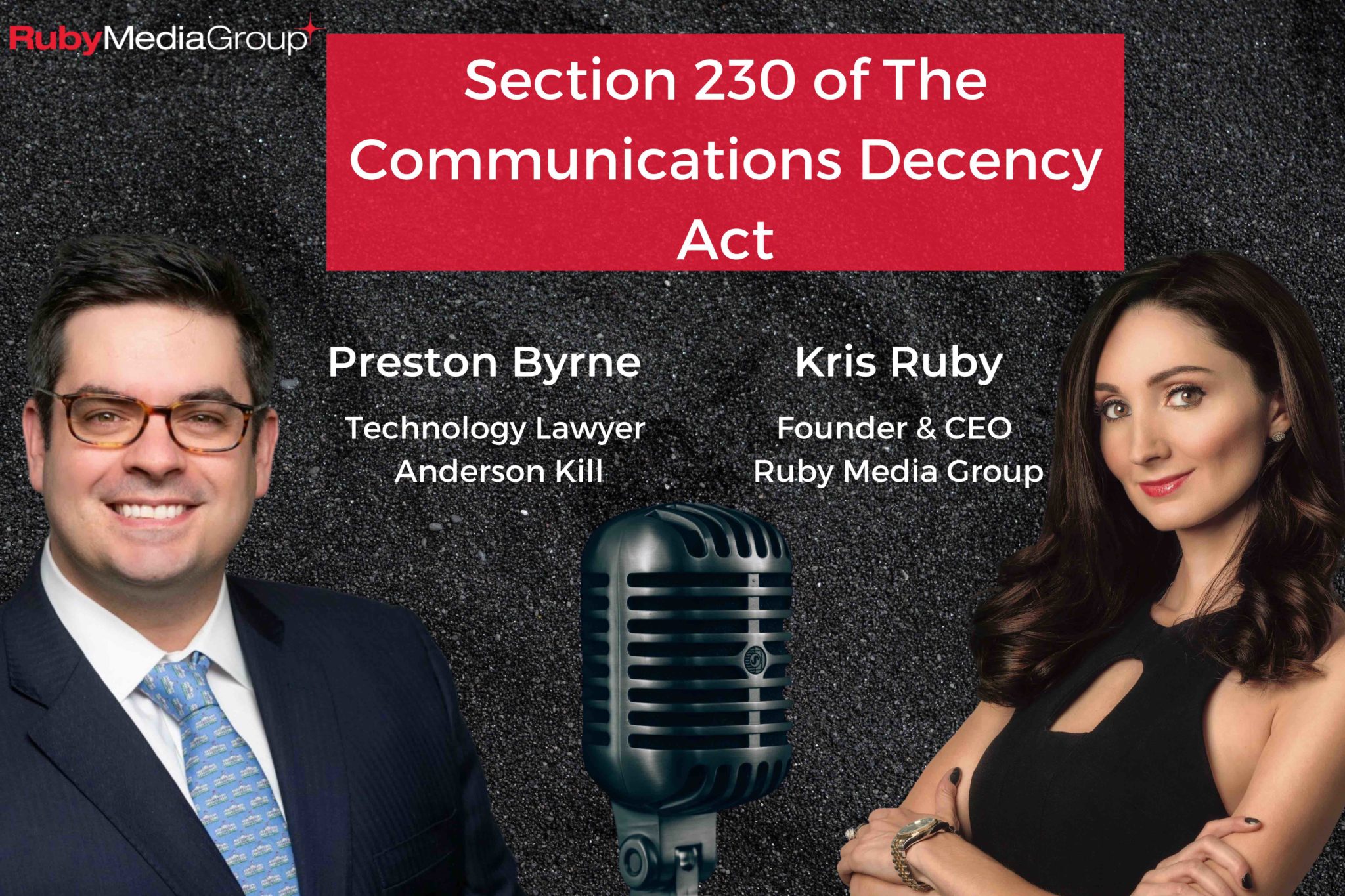name the portion of the communications decency act that is considered the foundational law that says social media platforms cannot be sued for objectionable content published on their platform
Section 230 of the CDA in the spirit of promoting the development of the internet and internet activity draws an important distinction between providers of interactive computer. The Communications Decency Act was immediately controversial.
 |
| Section 230 A Key Legal Shield For Facebook Google Is About To Change All Tech Considered Npr |
The Communications Decency Act is part of the Telecommunications Act passed by Congress in 1996.

. The Communications Decency Act of 1996 CDA was the first notable attempt by the United States Congress to regulate pornographic material on the Internet. The landscape of social media-related law is evolving. Twenty-five years ago Congress passed a little-noticed law that shielded online platforms from liability for the content posted by users. Christopher Cox R-CA created Section 230 within the Communications Decency Act to protect speech on the internet.
Posted in Intellectual Property. The Communications Decency Act CDA is a piece of legislation that was enacted as part of Title V of the Telecommunications Act of 1996 to regulate the internet and online. In 1997 in the. Section 230 of the Communications Decency Act gave social media giants like Facebook Inc Twitter Inc Google and YouTube broad immunity for the content they publish.
Like other states laws HB 20 may also be preempted by Section 230 of the Communications Decency Act a federal rule that would override conflicting state-level policies. A researcher argues its time to take a new look at Section 230 of the Communications Decency Acta 20-year-old law that shields internet platforms from. Generally speaking social media law involves the legal issues related to user-generated content and the online websites. Tucked inside the Communications Decency Act CDA of 1996 is one of the most valuable tools for protecting freedom of expression and innovation on the Internet.
Under the Communications Decency Act an online platform that distributes copyrighted materialslike films music and bookswithout the permission of the copyright. Earlier this month the Eastern District of Pennsylvania confirmed social media platforms immunity under the Communications Decency Act CDA for. Section 230 of the Communications Decency Act is arguably the most important law as it applies to the internet. Section 230 c 1 explains that No provider or user of an interactive computer service shall be treated as the publisher or speaker of any information provided by another.
Communications Decency Act CDA also called Title V of the Telecommunications Act of 1996 legislation enacted by the US. Reno itself held that the 1996 Communications Decency Act CDA was an unconstitutional content-based restriction of First Amendment free speech rights. Its purpose is to protect interactive computer services from. Section 230 of the Communications Decency Act was enacted to protect owners of any interactive computer service from liability for content published by third-party.
Congress enacted the Communications Decency Act CDA as Title V of the Telecommunications Act of 1996 in an attempt to prevent minors from gaining access to sexually explicit materials. Ron Wyden D-OR and Rep. Passed in 1996 Section 230 is long considered the foundational law of the internet because of the liability protections it provides companies against having to fight lawsuits over. In the decades since Section 230 of.
See all related content. Name the portion of the Communications Decency Act that is considered the foundational law that says social media platforms cannot be sued for objectionable content.
| Federal Judge Blocks Texas Social Media Censorship Law The Texas Tribune |
 |
| The Controversy Surrounding Section 230 Rm Warner Law |
 |
| Section 230 The Law That Built The Internet Faces Peril Investor S Business Daily |
 |
| Are We Entering A New Era Of Social Media Regulation |
 |
| Social Media Transparency Schrodinger S Cat |
Posting Komentar untuk "name the portion of the communications decency act that is considered the foundational law that says social media platforms cannot be sued for objectionable content published on their platform "